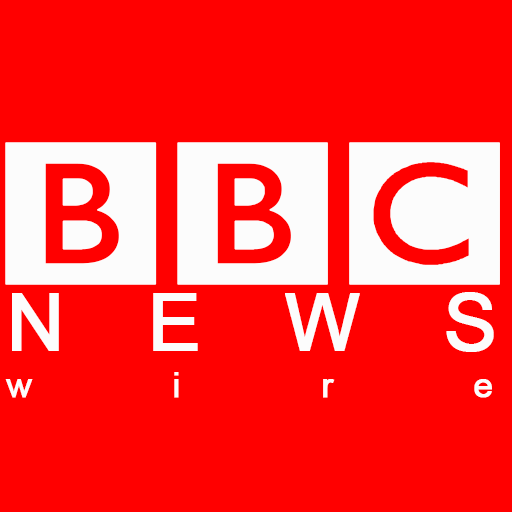UK inflation surges to 3.5% after ‘Awful April’ bill hikes – what it means for you | Personal Finance | Finance
UK inflation has skyrocketed to 3.5% due to a series of “Awful April” bill spikes, marking a sharp increase from March’s 2.6%. According to the latest figures from the Office for National Statistics (ONS), households are facing higher expenses largely due to significant jumps in energy, broadband, and water bills.
Ofgem’s energy price cap climbed from £1,738 to £1,849 annually for the average household, while average costs for water and wastewater services rose from £480 to £603. In addition, most council tax bills surged by 5%, TV licence fees increased from £169.50 to £174.50, and car tax rates increased as well.
Grant Fitzner, Acting Director General at the ONS, remarked: “Significant increases in household bills caused inflation to climb steeply. Gas and electricity bills rose this month compared with sharp falls at the same time last year due to changes to the Ofgem energy price cap. Water and sewerage bills also rose strongly this year as did vehicle excise duty, which all pushed the headline rate up to its highest level since the beginning of last year.”
He added: “This was partially offset by falling prices for motor fuels and clothing, driven by heavy discounting for children’s garments and women’s footwear.”
Chancellor Rachel Reeves addressed the situation, saying: “I am disappointed with these figures because I know cost of living pressures are still weighing down on working people.
“We are a long way from the double-digit inflation we saw under the previous administration, but I’m determined that we go further and faster to put more money in people’s pockets. That’s why we have increased the minimum wage for millions of working people, frozen fuel duty to protect commuters and struck three trade deals in the past two weeks that will go towards cutting bills.”
In a positive turn, inflation dipped to a three-year low of 1.7% last September, only to climb again in October with rising energy costs. The Bank of England maintains a benchmark inflation target of 2%.
What is inflation?
Inflation reflects the changing costs of products and services over time, with the Consumer Price Index (CPI) serving as its primary gauge.
The Office for National Statistics (ONS) evaluates inflation through a constantly reviewed “basket of goods” which mirrors household expenditure. Nonetheless, the headline CPI rate offers an average indication, meaning individual items could vary in price significantly.
Even with lower inflation rates, it’s important to acknowledge that this doesn’t equate to halting price rises but rather a deceleration in the rate of increase.
For example, if the inflation rate is at 2%, an item priced at £1 last year would now come with a £1.02 price tag.
Lastly, the connection between inflation and interest rates is brought into question, underscoring the importance of understanding this economic relationship.
How is inflation linked to interest rates?
The Bank of England has been raising interest rates for nearly two years in an attempt to bring inflation down to its 2% target. The base rate impacts the interest rate offered by banks and lenders.
When it’s higher, borrowing becomes more costly, leaving people with less money to spend elsewhere. Reduced spending decreases demand and prices, which should subsequently lower inflation.
However, a higher base rate has resulted in increased mortgage payments for millions of homeowners, putting financial strain on households. The base rate was a mere 0.1% in December 2021, peaking at 5.25% in August 2023 before being cut four times to its current level of 4.25%.
Why did inflation peak?
Inflation started to climb in 2021 and hit a high of 11.1% in October 2022, largely due to rising energy and food costs.
Energy demand surged post-COVID, a situation further exacerbated by the Russian invasion of Ukraine. The conflict also drove up food prices due to increased costs for fertilisers and animal feed.
While both energy and food price increases have eased in recent months, they remain higher than previous levels.





